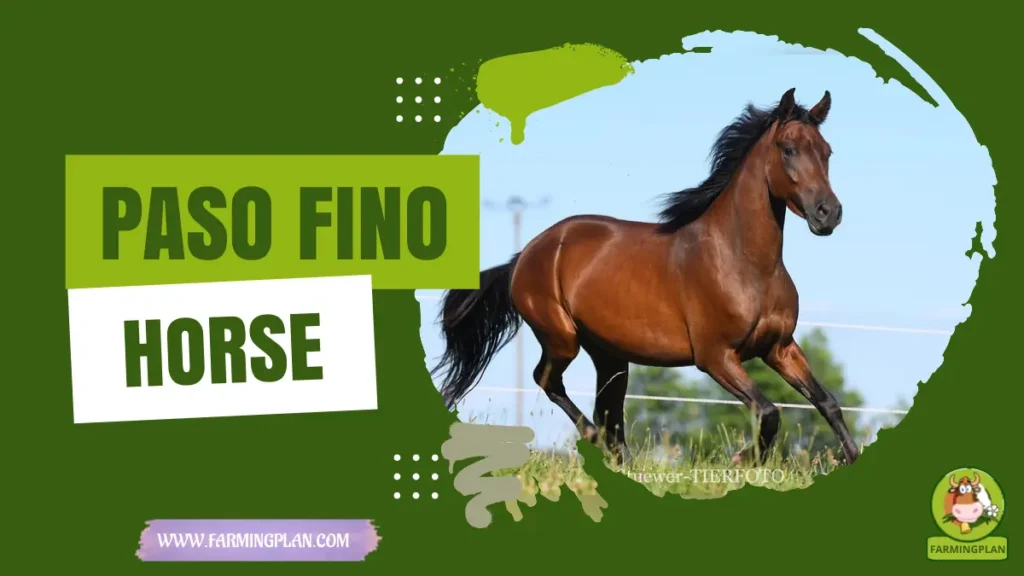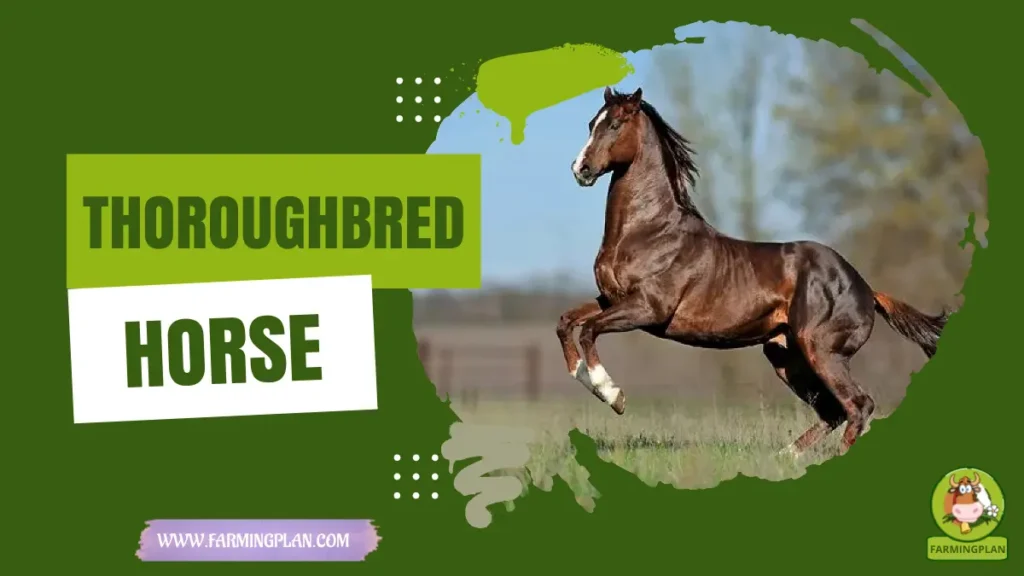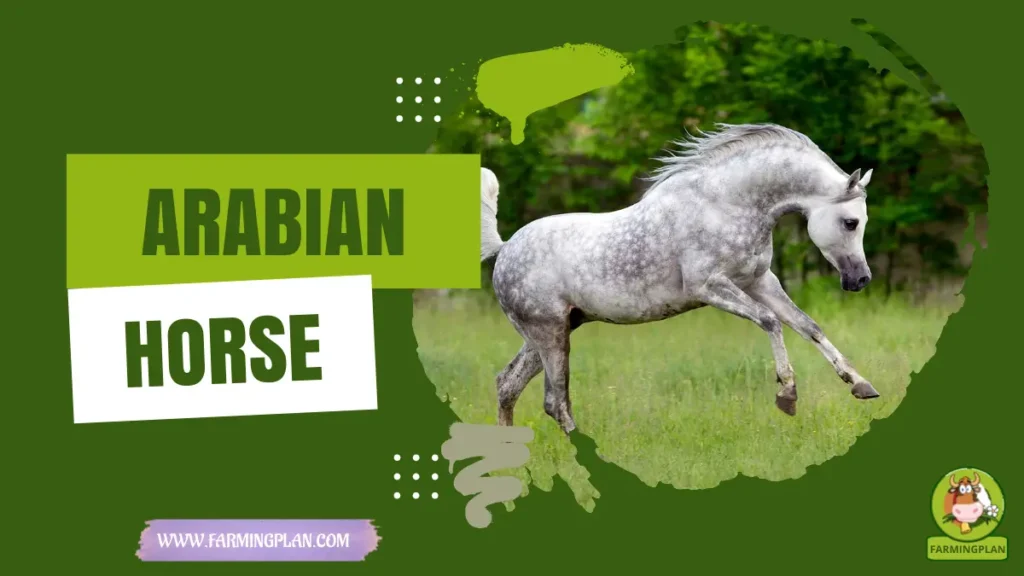When I first rode a Paso Fino horse, I experienced a sensation unlike any other—like I was gliding instead of riding. The smooth, rhythmic gait of this unique and elegant breed makes every ride feel effortless. Whether you’re trail riding through mountain paths or watching them shine in a Paso Fino horse show, there’s just something magical about them. Known for their unique four-beat gait, easy temperament, and stunning looks, the Paso Fino horse has won hearts from Puerto Rico to South America—and yes, even right here on my own farm. In this article, I’ll walk you through everything I’ve learned over the years about caring for, feeding, training, and understanding these incredible horses.

The Rich History Of The Paso Fino Horse
The Paso Fino horse didn’t just appear out of nowhere. Their story begins way back in the 1500s, when Spanish conquistadors brought horses like the Andalusian, Spanish Jennet, and Barb to the Caribbean and South America. Over generations, those breeds blended into what we now call the Paso Fino—a gaited horse known for its grace and stamina. Puerto Rico and Colombia both claim deep ties to the breed’s early development.
In Puerto Rico especially, the breed evolved into the strong, smooth-moving, and proud horse we know today. That’s why the Puerto Rican registry—Federación del Deporte de Caballos de Paso Fino de Puerto Rico—is such a big deal in preserving its heritage. Here in the States, the Paso Fino Horse Association (PFHA) helps guide breed standards, organize shows, and promote education. It’s no surprise the breed caught on quickly in the U.S., especially for folks who love trail rides, competitions, and working with highly trainable horses.
Recognizing A Paso Fino: Traits That Shine
Paso Fino Horse are small in size, but do not be deceived because they are full of power and character. The horses are muscular and compact, about 13 to 15 hands in height, and so exceedingly well balanced. The fact that they have refined heads, expressive eyes, and slightly arched necks make them look classy and aristocratic. And yes, occasionally the lovely tiger eye gene turns up, which only makes it possible to add additional sparkle.
The gait, however, is something that makes any difference. The Paso Fino four lateral beat gait is three-naturals: the oldest and most atrophied gait, Classic Fino (you could crawl under this horse), appears as a smooth, very collected jog, the Paso Corto, and as a fast, going-ground gait, the Paso Largo. The first time I saw a Paso Largo moving I felt it looked like the horse is floating. The Paso Fino does not have a bumpy trot like most horses have but instead it is a smooth silky gait that makes it great on a long ride or a performance without becoming sore.
Gentle Yet Lively: The Paso Fino’s Temperament
If there’s one thing I love about Paso Finos—besides their gait—it’s their personality. These horses are intelligent, eager to learn, and deeply connected to their handlers. I’ve seen Paso Fino horses bond so closely with their owners that they seem to respond to voice tone alone. They’re energetic enough for show rings, but calm enough for kids and first-time horse owners.
Their people-loving nature also makes them ideal for therapy work. In fact, I’ve worked with Paso Finos in therapeutic riding programs where their smooth movement helps people with mobility or sensory challenges. Whether you’re a breeder, hobbyist, or someone looking for a dependable trail companion, you’ll appreciate how easy they are to work with. They’re not hot-headed or stubborn—they just want to please and get along.
Read More: Marwari Horse: The Royal Breed That Stands Out with Curved Ears and Courage
Feeding The Paso Fino Horse The Right Way
Feeding a Paso Fino horse isn’t complicated, but there are a few things I always keep in mind. These horses do well on a high-quality hay and pasture grass diet. If you’re riding often or your Paso is in training, you might want to add some grain—but not too much. They tend to gain weight easily, and extra weight can mess with their gait.
I also make sure their diet includes Omega-3 fatty acids, which support healthy joints, hooves, and digestion. These nutrients can help with conditions like metabolic syndrome and gastric ulcers—two things I watch out for. Paso Finos can have sensitive stomachs, so I stay away from sugary treats and overly processed feeds. Fresh water, salt blocks, and regular dental checks round out their care routine.
Healthy hooves and steady hooves come from a happy gut and clean hay.
What Is The Paso Fino Horse Used For Today?
People often ask me what Paso Finos are used for, and honestly, the list is pretty long. Trail riding? Check. Horse shows? Definitely. Competitive events like the Grand National Championship Show, the Wind Rider Challenge, and even Drill Team and Cowboy Mounted Shooting? You bet.
I’ve also seen Paso Finos compete in endurance rides and obstacle courses. They’re smart enough to learn advanced patterns and gentle enough to participate in therapy programs or beginner riding lessons. Some owners even train them for fun stuff like horse soccer and fox hunting. Their versatility is truly inspiring, making it easy to find a purpose that suits both the horse and rider—whether you’re a laid-back trail explorer or a hard-core show competitor.
Read More: Peruvian Paso Horse: Unlock The Secret To Unmatched Elegance
What Makes The Paso Fino Horse So Unique?
It is quite rare to get a breed with the natural abilities as in the Paso Fino. What they are most known is their fourbeat side to side gait- so smooth you can ride with a cup of coffee- without spilling. That is not hyperbole, I have even witnessed horsemen doing it on demonstrations! The second cool characteristic of them is that they are enduring. These horses were made to spend long days in the saddle and it does not appear that they get wearied.
They are also among the only few breeds that retain genetic connections with DMRT3 gene that has to do with gait and balance. And you may know why some breeders will just go crazy over that tiger eye gene, when you ever come across a Paso with it (those golden or amber eyes). It is just one more fact that makes this breed really unique.
Common Health Concerns And How I Handle Them
There are Paso Fino horse health quirks to which I attentively pay attention, just like in any other breed. Gastric ulcers, degenerative suspensory ligament disease (DSLD) and metabolic worries are the most frequent. One of my mares has already developed some symptoms of DSLD, and the early diagnosis allowed me to solve it. Proper support of the legs, balance in exercise, footing is essential.
Regenerative therapies, supplements, and nutrition management are other elements that I use to maintain my Paso Finos in good conditions. Omega-3s, joint care supplements, and turn out time are great. and frankly, listening helps a lot. And in case I see any change, however ever so slight, in gait or attitude or appetite–I check immediately. Treatment is never beats preventive care.
Read More: Kathiawari Horse: A Resilient Indian Breed with Rich History
Step-By-Step Care Guide For Paso Fino Horse Owners
The first thing we can do to take care of a Paso Fino horse is by providing a safe, comfortable environment. Whether it is a well-sheltered stable along with well-ventilated stall to the fencing that doesn t interfere with their curious nature, the right kind of set can make your horse very happy. Discover the following effective tips on how to construct a turnout area that accommodates movement, shelter against weather conditions and leaves your Paso Fino happy, healthy and secure with all seasons.
Step 1: Preparing Your Shelter and Fencing
Paso Finos may be small in size, but they need big comfort. I always build stalls that are at least 12×12 feet to give them enough space to turn, lie down, and move freely. Ventilation is key, so I install high windows or open-bar upper doors to keep airflow steady year-round. Rubber stall mats help cushion their legs and hooves—especially important for gaited horses like these. As for fencing, forget barbed wire. These horses are bold, curious, and sometimes mischievous—they’ll test the limits. I use four-board wood fencing reinforced with electric tape, or heavy-duty vinyl that can take a bump without splintering.
Always double-latch gates, especially if your Paso likes to nuzzle things with their nose. I rotate turnout pastures every two to three weeks to protect the grass and avoid muddy, overgrazed areas. Fresh water, natural shade, and access to a windbreak or shelter during storms are a must. If you live up north like I do, a three-sided run-in shed with a sloped roof keeps them warm and dry in snow or wind.
Step 2: Choosing a Quality Paso Fino Horse
Don’t just fall for a pretty mane and flashy color. A good Paso Fino horse should be registered with the Paso Fino Horse Association (PFHA) and come with a full history of training, health, and gait records. I always recommend seeing the horse in person—videos just don’t capture the real gait or energy. A well-trained Paso Fino will show you clear transitions between the Classic Fino, Paso Corto, and Paso Largo. Pay close attention to their ear position, breathing, and confidence under saddle.
Ask the breeder how often the horse has been worked, how it behaves in new environments, and whether it’s used to trail or show settings. Temperament matters just as much as talent. You want a horse whose energy matches your riding style—whether that’s laid-back trails or high-stepping show circuits. If you’re new to the breed, bring an experienced gaited horse trainer with you. Trust me, a second set of eyes can save you a lot of trouble later.
Step 3: Daily Routine and Grooming
Routine is everything. I feed my Paso Fino horse twice a day—timing and consistency help regulate digestion and prevent colic. Clean water is always available, and I keep Himalayan salt licks in both the stall and paddock. I never skip feeding checks, because changes in appetite can signal health issues before they get serious. Grooming is where we bond. I start with a soft curry to bring up dirt and loose hair, followed by a flick brush.
Hoof care happens every morning and evening—no exceptions. Paso Finos are known for their elegant gait, and that only works if their feet are balanced and clean. Because they often have sensitive, fine coats, I use hypoallergenic fly sprays in summer and breathable blankets in winter. During grooming, I always run my hands along their legs and back to check for swelling or soreness. You learn to feel things long before you see them—and that’s key to preventing problems.
Step 4: Gait Training and Riding Practice
The magic will really happen in gait training but there is no free lunch. I get a starting-point on the ground; lunging, voice command, and rhythm work. As soon as we are at the saddle, I will start in the Paso Corto to check cadence and responsiveness. It feels like you are on a metronome, smooth, even and feels good. In the case of the Paso Largo, I present minimal rein and leg aids on straight tracks. I never apply heavy hands, nor force the gait. Paso Finos are far too attentive- when you contribute your effort to ride them without tension and harshness, you will obtain optimum results.
I also ride up and down fields, along hills and across the trails to be able to strengthen their gait and natural muscling. Footing is a much greater thing than you think. My training grounds include a combination of grass, sand and crushed gravel so they can be comfortable and having good traction on any kind of ground. And I do not extend the sessions to more than 30-45 minutes so as not to experience fatigue in mind. It is not about speed but on harmony between horse and rider.
Step 5: Health and Hoof Maintenance
Every six weeks, like clockwork, my farrier checks for hoof angles, balance, and flare. A misaligned hoof can throw off a Paso’s entire gait. We trim with attention to heel height and toe length so the horse can move with natural rhythm. No shortcuts. Annual dental work keeps chewing efficient and prevents ulcers or bit problems. I rotate dewormers seasonally and run fecal tests to avoid overmedicating. Vaccinations follow a spring and fall schedule—West Nile, rabies, tetanus, and flu are non-negotiables in my barn.
I also body-score my horses monthly to track fat, muscle, and coat condition. Paso Finos can get chunky fast, so I adjust feed and turnout accordingly. Every day, I watch for heat, swelling, lameness, and behavior changes. Most health issues whisper before they shout—so listen closely.
FAQ
What makes the Paso Fino horse different from other gaited horses?
The Paso Fino has a naturally smooth, four-beat lateral gait that feels like gliding, not bouncing. No special training is needed—it’s all-natural.
Are Paso Fino horses good for beginners?
Yes, they’re calm, smart, and easy to train. Their smooth gait also makes them a top choice for riders with joint or back problems.
How much does a Paso Fino horse cost?
You’ll find prices ranging from $3,000 to $20,000 or more, depending on training, bloodlines, and show record.
Can Paso Fino horses handle long-distance trail rides?
Absolutely. Their stamina and gentle gait make them excellent for endurance rides and mountain orienteering.
Where can I find Paso Fino breeders near me?
Start with the Paso Fino Horse Association website. They have a breeder directory and event listings to help you connect locally.
Conclusion
There is real quality on gait in the Paso Fino horse, elegant, easy going and made to glide. Just based on the fact that I spent years on these beautiful gaited horses, I can say that they are an ideal fusion of performance, personality, and fun. It doesn t matter whether you want to raise them as show, trail, therapy animals, or just as a happy companions, the Paso Fino adds something special to your life. Asked to dance with the best care, training and love you can provide, your Paso Fino will be up there on your right dipping to the same beat.


